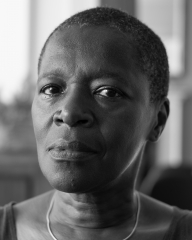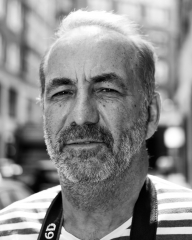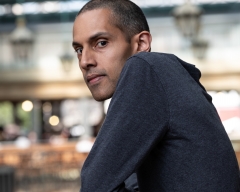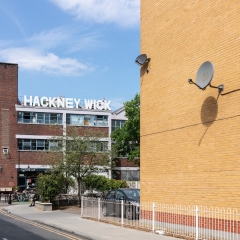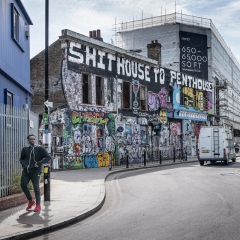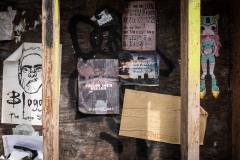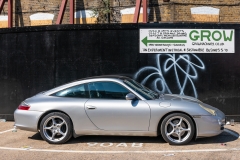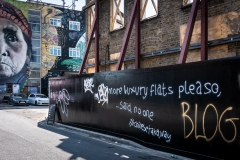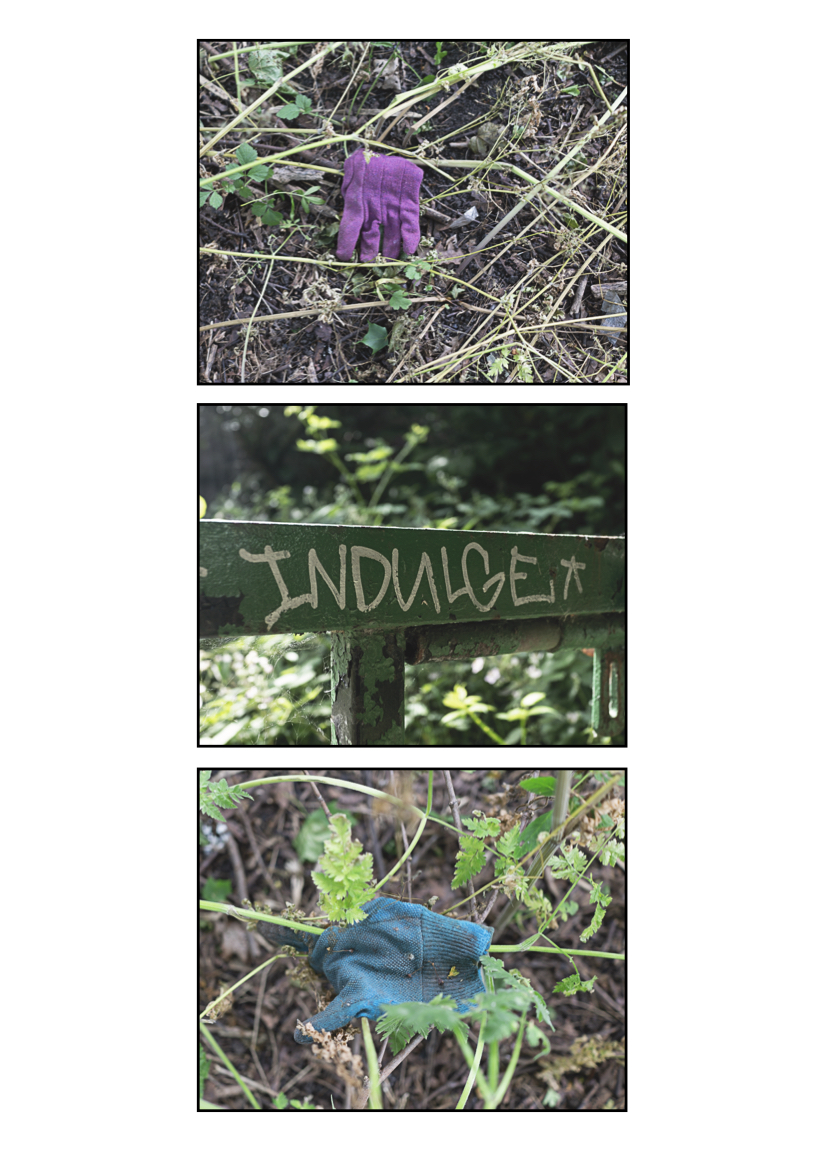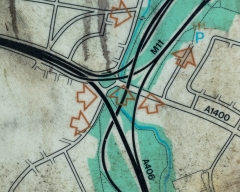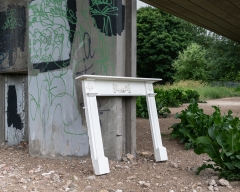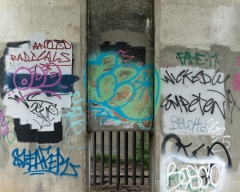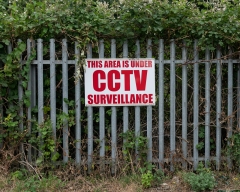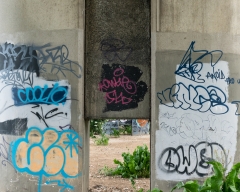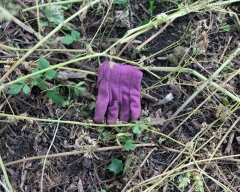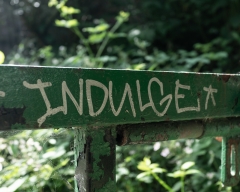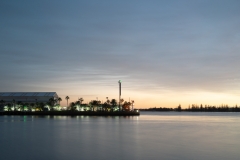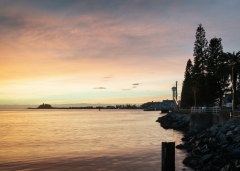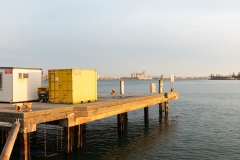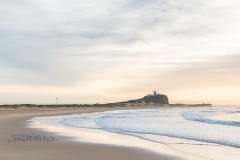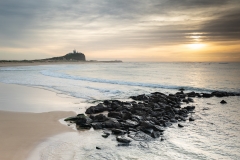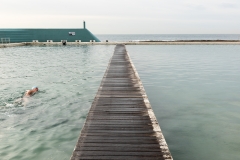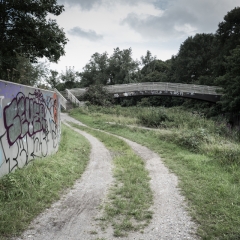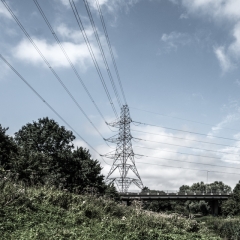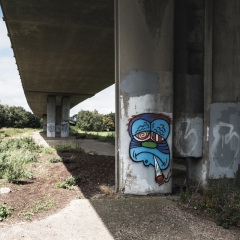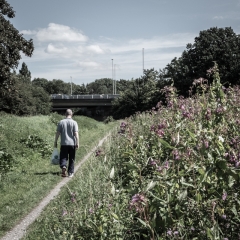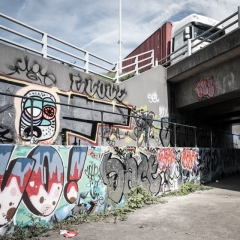I’ve been meaning to post this for a while, but, having just seen the contents of Michal Iwanowski’s backpack, and reading Photographers’ Sketchbooks, looks like the time is right.
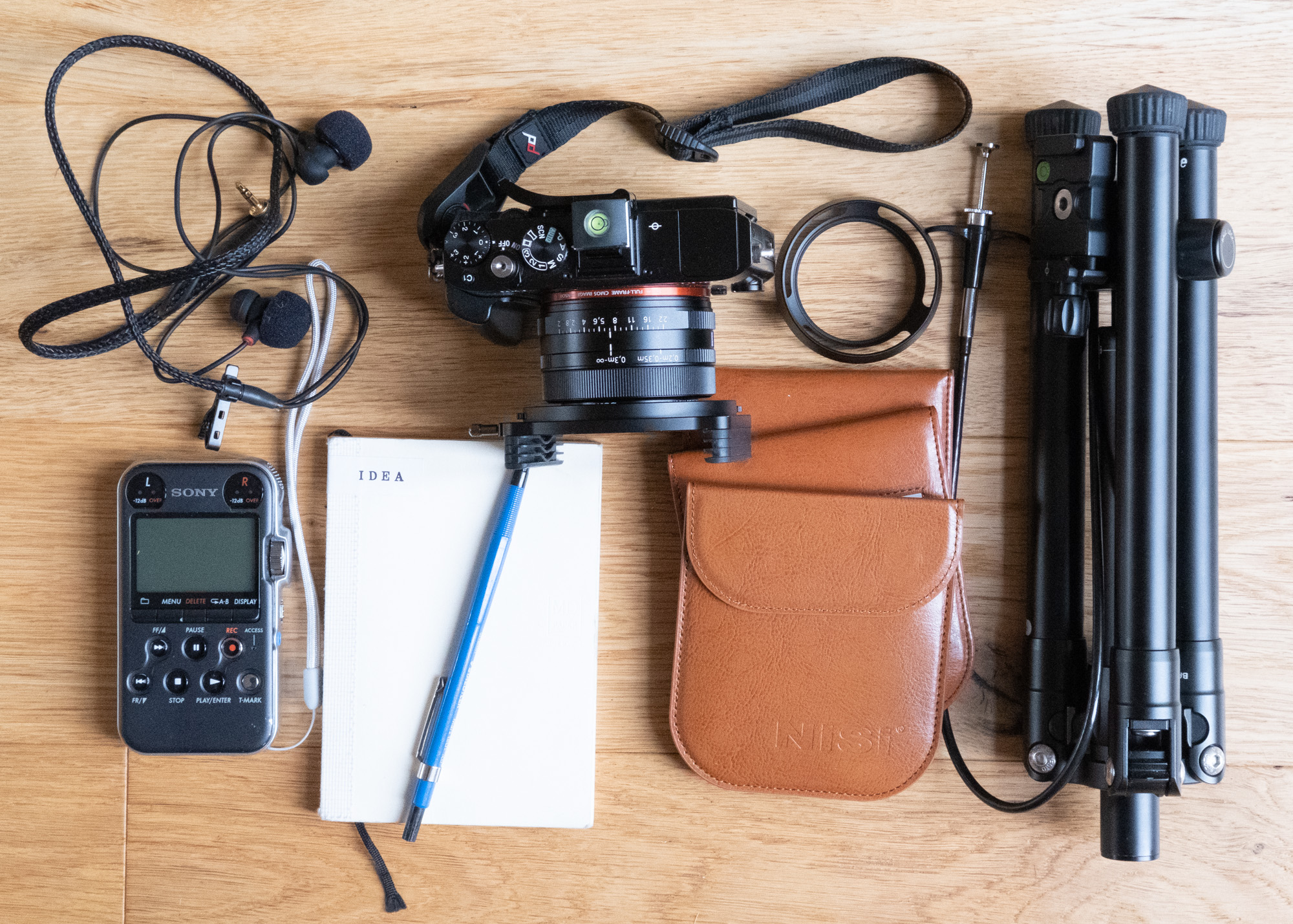
Doing the work on the Roding Valley Park has involved frequent walks through the area at different times of day, and collection of different kinds of material (like sound recording and written notes) as well as making images. That has entailed having a light and compact set of tools ready at hand, which in turn has shaped the kind of work that I have made. A kind of iterative process of mutual shaping between way of working, form of the work and the place. Upshot of this is, reinforced by looking at other photographer’s working practices in Photographers’ Sketchbooks, thinking more carefully about working practices in relation to different projects, and what remains invariant (a component of practice that contributes to making an artist’s work distinct) and what varies with circumstance. And the question, at what level is the character of the distinctiveness of a body of work (and across an artist’s bodies of work), from the conceptual to the operational, formed? These are clearly important practical, and developmental, issues, but there is also, I think, a need to deconstruct the notion of personal practice, as utilised in arts discourse, as well as reflect on the development of our own practice.


